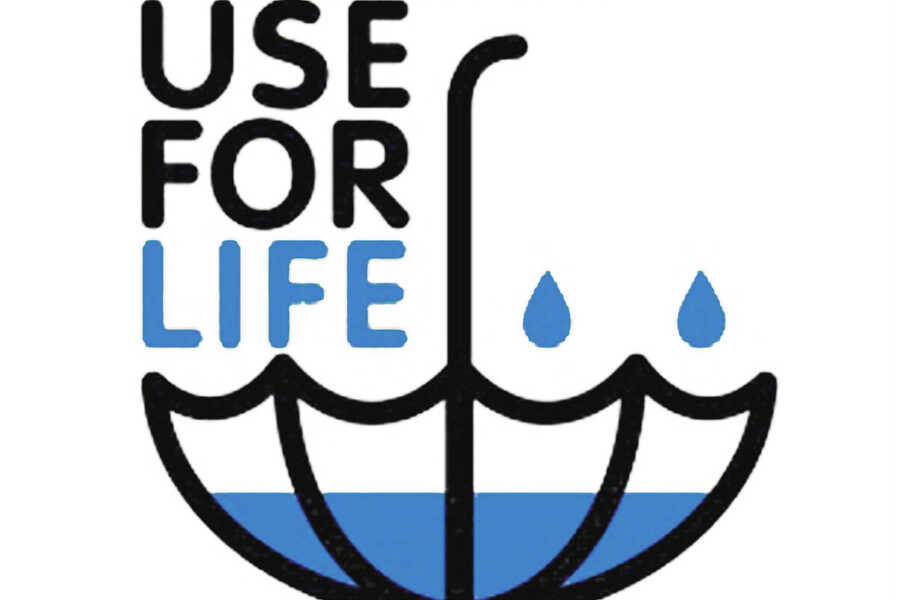got RAIN and get WATER
Within the last decades, water consumption has significantly increased. More specifically, every year the water demands are rising around 50billin m^3 [1]. As a result, different ways of water recycle are in a highlight. One direct, efficient, innovative, alternative and cheap solution, is the water harvesting.
The main steps of a rainwater harvesting system are to capture, storage, filter the rain water and finally channeled the clean one for use.
Rainwater harvesting is the accumulation and deposition of rainwater for reuse on-site, rather than allowing it to runoff. Uses include water for garden, water for livestock, water for irrigation, water for domestic use with proper treatment, indoors heating for houses etc[2]. It can also use as potable water, as rainwater is substantially free of salinity and other salts. Rainwater harvesting is beneficial because provides an independent water supply during regional water restrictions by reducing the existing water supply and simultaneously providing water during the whole year, especially in drought seasons by reducing the run-off, the erosion and the contamination of surface water.
The main components of a rain harvesting system are a catchment surface, which can be also the roofs of the existing buildings or a new catchment surface, the conveyance system (pipes), the storage area, which ranges in sizes according the catchment surface and can be under or on the ground and the treatment system (filters, pump).
Finally, I would like to refer an example. In Vietnam, where people are suffering of lack of clean water, they install canvas catchment outside of their houses. The canvas catchment is a smooth, clean surface with a high run-off coefficient. The area of the catchment is 9 m^2, it is expected to be large enough to collect sufficient water for a household for six persons. It is not expensive, light and easy to install, clean and replace. The disadvantage is that it could be broken because of exposure to the sun however it can be replaced easily. The storage tank is made from foldable fabric materials that are light, flexible and could be installed and moved easily.
So, let’s harvest RAINWATER!
E.G.
[1] http://www.worldometers.info/water
[2] http://en.wikipedia.org/wiki/Rainwater_harvesting


